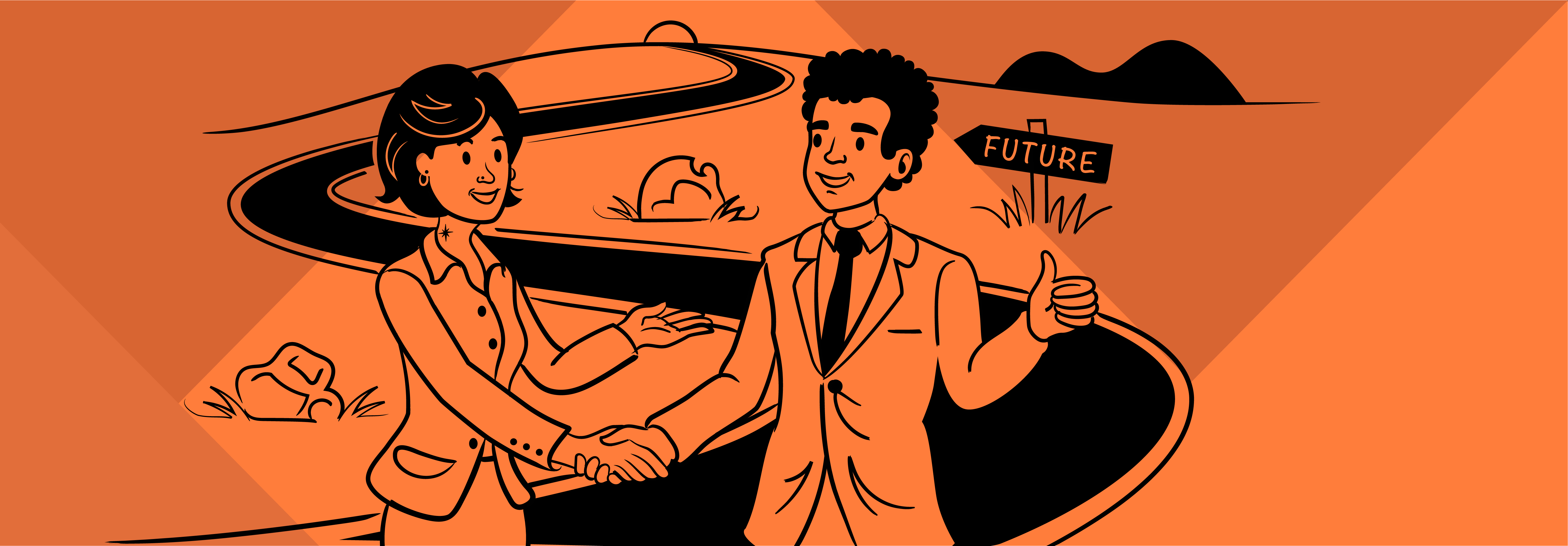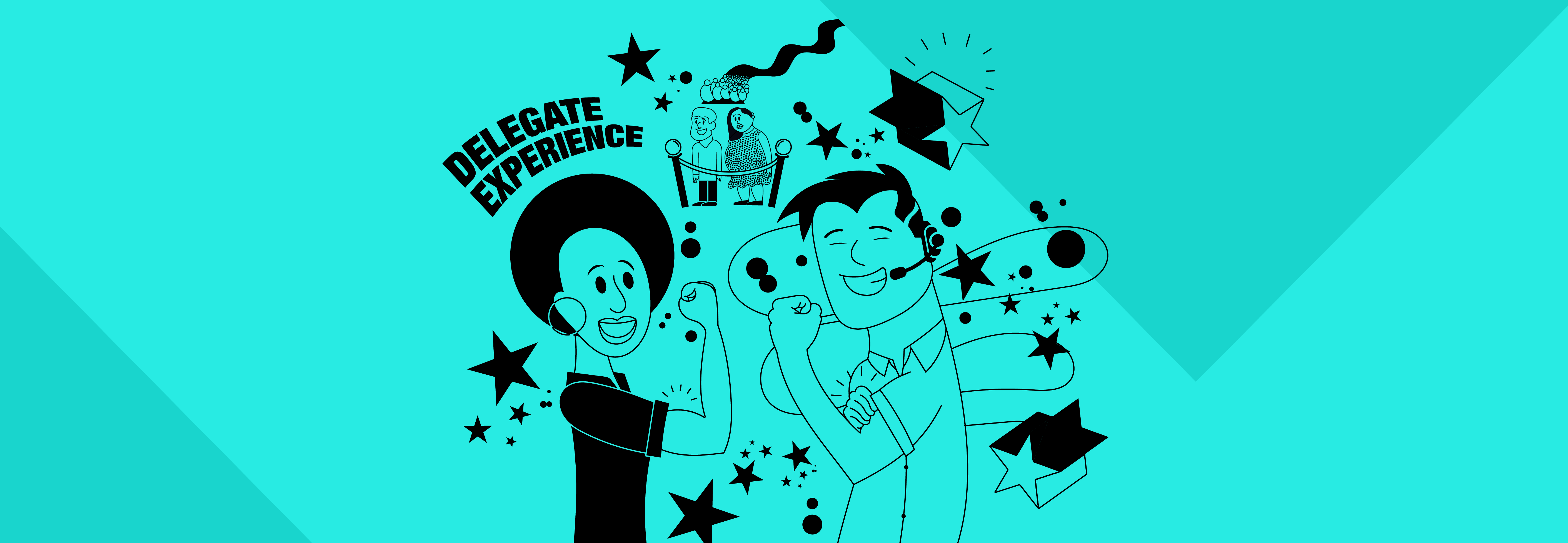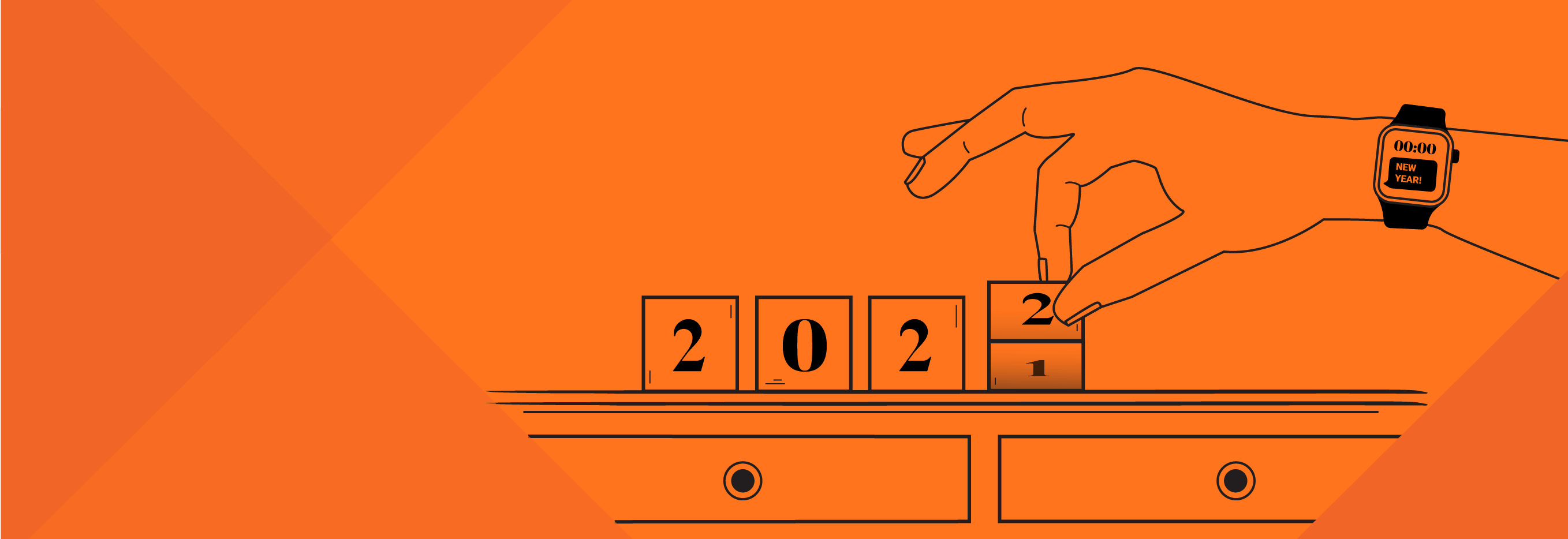Is your Supplier Relationship Management fit for the future?
- Think about the overall strategy of the client and agency. There is a temptation to merely set up periodic review meetings and decide how you will operate together, but this misses a fundamental step in evaluating the relationship. Both organisations will have a direction of travel, a purpose captured in a vision that their trajectory is seeking to fulfil. An effective Supplier Relationship Management (SRM) programme will look at how you can support each other’s growth plans, ambitions and targets. The strength of your relationship will be based on where these strategies intersect.
- Create a value driven relationship, rather than one purely based on cost. By focusing on the long-term strategic imperatives of both parties, as well as the day to day business requirements, we know that the SRM programme will become more mature. For a Procurement function, strategic sourcing is no longer the key lever to deliver value. It is the partnership that truly creates that value. Achieving competitive advantage for both parties means that the relationship addresses:
- Customer of Choice: preferential resourcing and availability, pricing
- Innovation: foundation for exploring the possibilities that are of mutual benefit
- Security of Supply: a shared desire for the relationship, with a shared risk profile
- Working Together for ‘Better’: a collaborative ESG agenda, not top-down supply chain management
- Evolving Value: growing services matching changing needs, cost management and savings solutions
- Monitor your progress in key strategic areas. A well-managed SRM will deliver value in terms of sustainability, resilience, agility and innovation. By building on these areas, the relationship will become characterised by trust, communication and empathy. These are the bedrock of any great partnership and such a partnership cannot, or should not, be replaced by an outsourced Third Party Management tool.
- Keep talking. Discuss your immediate opportunities and challenges, how to achieve your short and long term goals and how to innovate. Performance managing your day to day operations is vitally important, but it’s also key to ensure that you don’t lose sight of the partnership’s long term goals and new possibilities. So, re-evaluate supply chain risk and readiness post-pandemic, but also rebuild or create shared-agenda partnerships.
A true partnership between client and supplier is hugely valuable to both sides. The benefits are not just financial, but cultural. As well as being agile and resilient enough to deal with future challenges, it can also help us to be bold, innovative and empathetic enough to embrace opportunities.



